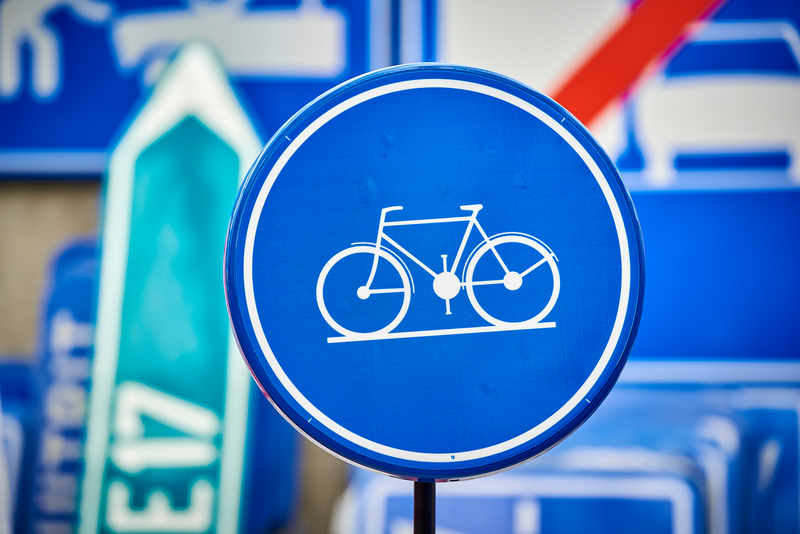The current Belgian road code, which is some half a century old, will be modernized from 1 September 2026. This news was already known, but with the king signing the text yesterday, the new traffic rules are now officially in place.
The new modern code gives everyone a fairer place on public roads – read: the motorist is no longer the focus – while road signs will also become gender-neutral. In total, there will be more than 45 new road signs and symbols to regulate the fair sharing of public roads for all.
New signs
From now on, for example, children up to the age of 11 are allowed to cycle on the footpath, and at least one meter must always be kept when overtaking a pedestrian with a vehicle, even if the pedestrian is on the cycle path. Outside built-up areas, this will even be at least 1,5 meters.
New traffic lights ‘square green’ will also be installed for pedestrians and cyclists, allowing them to cross diagonally at an intersection when it is green, so they no longer have to do it twice.
Another new sign will allow cyclists on certain cycle paths to choose to use the cycle path or the roadway. Cyclists can also ride between two stationary or slowly moving rows of cars to pass them.
Minimum distance between vehicles is mandatory
The two-second rule for the minimum distance between vehicles in traffic will no longer remain a recommendation but will also become mandatory.
Some cases will also be penalized more severely, such as passengers not wearing their seat belts. In that case, the (adult) passenger and the driver, who is responsible for whom he is carrying, will be fined.
Where overtaking is prohibited for cars, motorcyclists will no longer be allowed to use the emergency lane, which motorists must (compulsorily) form between the first and second lanes on the motorway when traffic is slowing down.
In the future, Class B mopeds (max 45 kph) will be required to drive on the roadway when the speed limit is 50 kph or less.
Gender-neutral road signs
First, many road signs will be redesigned because they will become gender-neutral. However, this will happen gradually, as road authorities have until 2045 to implement the change. However, some new road signs will also be installed, such as signs to indicate a soft verge, black ice or snow, fog, or rutting.
The new road code, which should therefore also ensure fewer road casualties, takes effect from 1 September 2026.
Fragmentation
The point remains that Belgium will continue to have four road codes for road traffic instead of an integrated one that applies to the whole territory. Apart from the main federal one, there are also those of the Brussels-Capital Region, the Flemish Region, and the Walloon Region, as each is the road authority for highways and regional roads.
Each region retains some margin to adapt the new road code as it sees fit; in other words, they can be tightened or supplemented. Federal Mobility Minister Georges Gilkinet (Ecolo) regrets this fragmentation because it can be confusing for road users. Although the most logical solution would still be a European or even international road code.




Comments
Ready to join the conversation?
You must be an active subscriber to leave a comment.
Subscribe Today